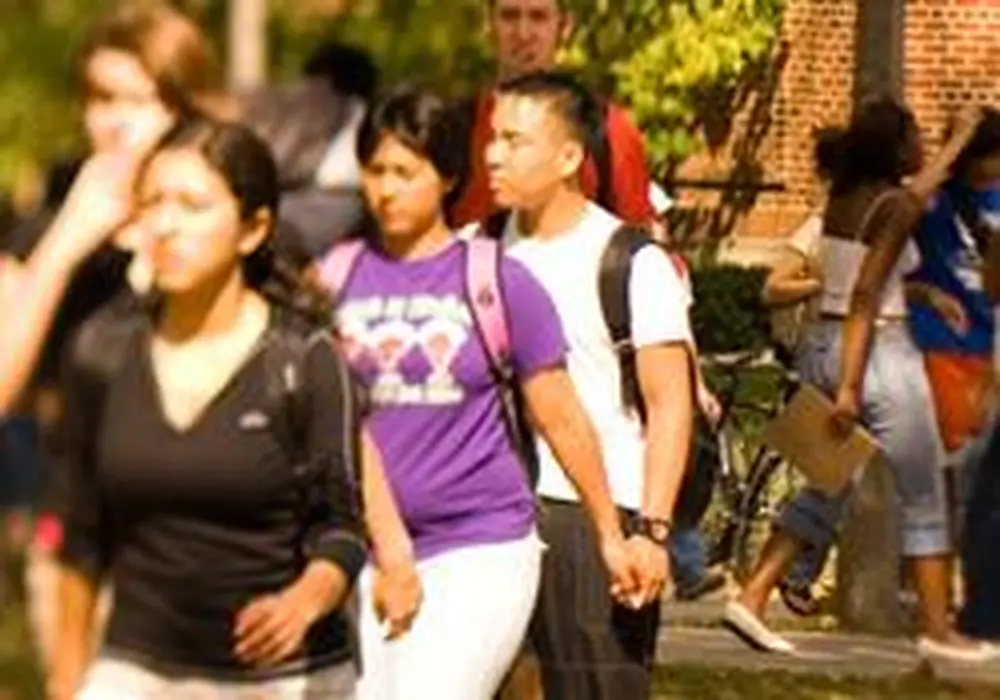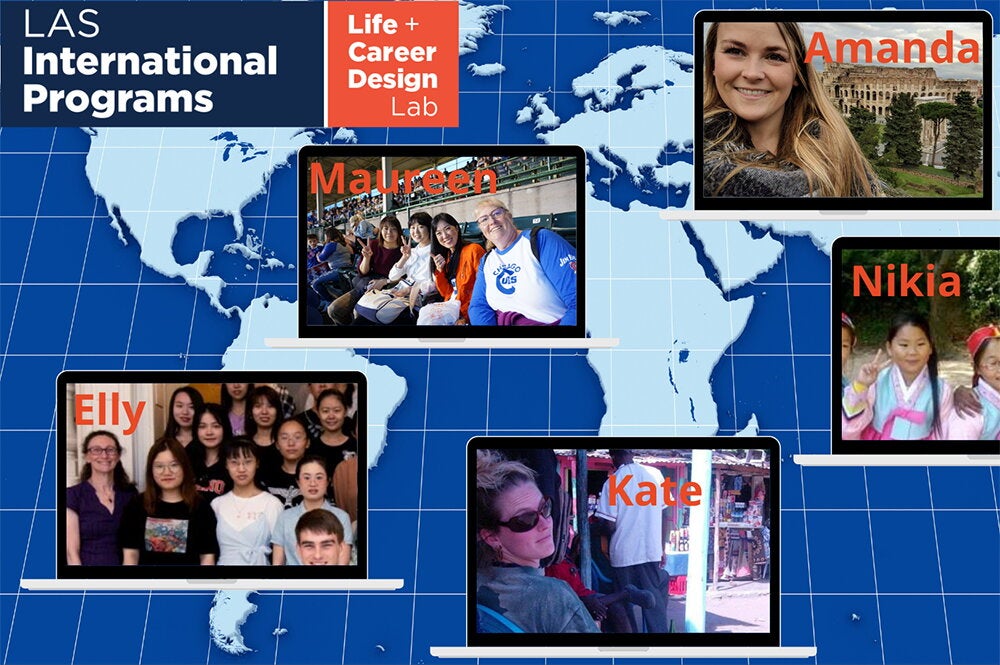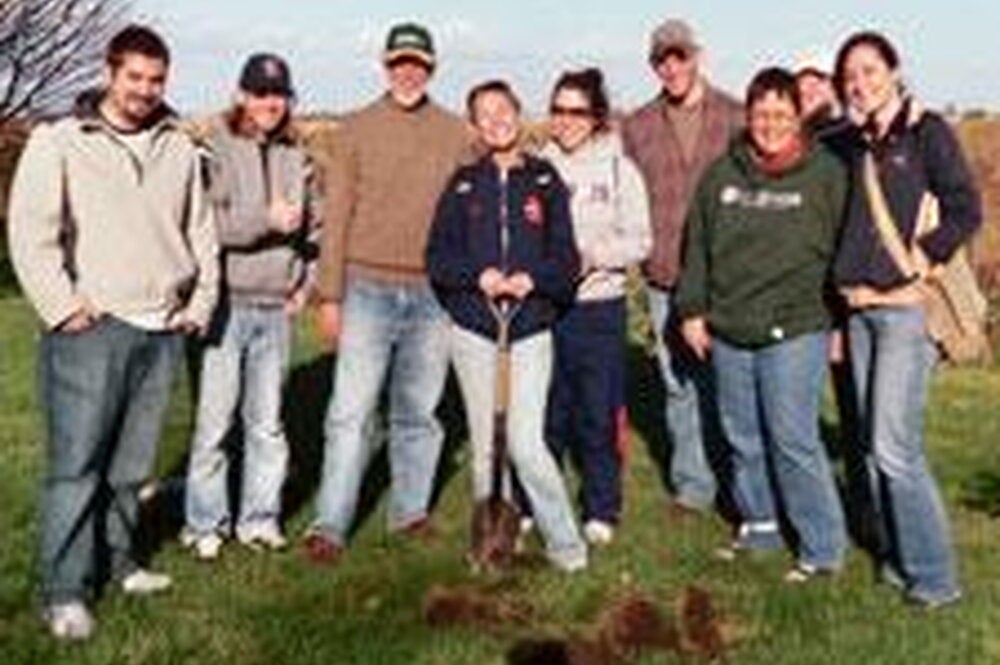

Who says you need oceans to be one of the most internationally influential academic institutions in the nation? Not NAFSA: Association of International Educators, which recently named the University of Illinois one of the best at enacting policies and practices that prepare students for an increasingly interconnected world.
The U of I has emphasized international studies for years—for decades, in some cases, such as the College of Liberal Arts and Sciences—but it's a milestone to receive the Senator Paul Simon Award for Campus Internationalization, named after the late Illinois legislator known for advocating international education.
In the field of promoting international scholarship, says William Brustein, Associate Provost for International Affairs at the U of I, there is no higher award.
"We refer to it as the best-kept secret that a university here in the cornfields has such a sterling international reputation," Brustein says. Of this year's five award recipients, he adds, the U of I is the only university in the "major research university" category.
The U of I's rankings on key standards caught the association's eye. The University ranked fourth nationwide in the number of international students on campus, according to the International Institute of Education. According to the latest figures from fall 2007, the U of I had more than 5,200 international students.
The University also ranked fifth in the number of undergraduate students who study abroad. A projected 2,170 students are studying abroad in the 2007-08 academic year.
According to the U.S. Department of Education, the U of I ranked second nationwide in the number of federally funded Title VI U.S. Department of Education National Resource Centers, which are international regional studies programs such as LAS's Center for African Studies or Center for East Asian and Pacific Studies. The U of I has seven such centers, with five in LAS.
Brustein credits leadership from the past three chancellors—Michael Aiken, Nancy Cantor, and current Chancellor Richard Herman—as well as the University's strategic plan, which commits the University to enhancing its international dimensions in research and teaching. Brustein also notes that efforts to go global have bubbled up from units across campus, including the colleges of ACES, Engineering, and LAS.
"You have to be a global university," he says. "You have to have the best faculty and the best students. Those people are being drawn from all over the world."
Barbara Hancin-Bhatt, assistant dean and director for International Programs in LAS, credits faculty and departments for much of the University's success in this area.
LAS units have pushed for international studies for at least 40 years, she says, and the efforts continue. The Department of Psychology, in cooperation with the Institute of Labor and Industrial Relations, is collaborating with Peking University in Beijing to create a Development Assessment Center Program for its business school, and the Departments of Political Science and Molecular and Cellular Biology have also launched international programs.
Six years ago, Hancin-Bhatt adds, LAS developed the Global Studies Initiative, a freshman learning experience that includes a course abroad option for all students. It now draws about 1,200 students per year.
LAS contributes heavily to the numbers on key standards. In the 2007-08 academic year, according to the Study Abroad Office, it's projected that 26 percent of all U of I students who study abroad will do so in an LAS-supported program. Of the projected 2,170 undergraduate students studying abroad, 47 percent are LAS students.
LAS also provides backing for more than 50 foreign exchange agreements, Hancin-Bhatt says. In fall 2007, 45 percent of all international undergraduate students and 26 percent of all international graduate students on campus were enrolled in LAS, for a total of about 1,700 students.
Hancin-Bhatt's own position was created four years ago by the college to promote international studies.
"LAS in my opinion has led the international programs on campus," she says. She adds: "These are grass-roots initiatives. The college provides support to get them running. But the beauty of it is that faculty and departments recognized the importance of this years ago."
Brustein is also encouraged by strong student interest in internationalization, which, he adds, may stem from a perception among students in the Midwest that, being far removed from the heavier foreign influence along the coasts and in larger cities, they must more actively pursue international studies. He pointed to recent elections at the U of I, in which students voted overwhelmingly to approve a $5 fee to help provide study abroad scholarships for their peers. The fee should raise about $300,000 per year.
"Today, students in the Midwest are really making efforts to seek that international exposure," Brustein says. "There's this added incentive to learn more about the world."


